(NLDO) - The third meteor shower of the "month of rage" will peak on the night of November 17 and early morning of November 18 when observed from Vietnam.
According to Time and Date's tool, the Leonids meteor shower - originating from the dusty tail of comet Tempel-Tuttle - will peak on the night of November 17 and early morning of November 18 from an observation angle located in Ho Chi Minh City.
The Leonids is one of the most anticipated meteor showers of the year by astronomers, due to its instability.
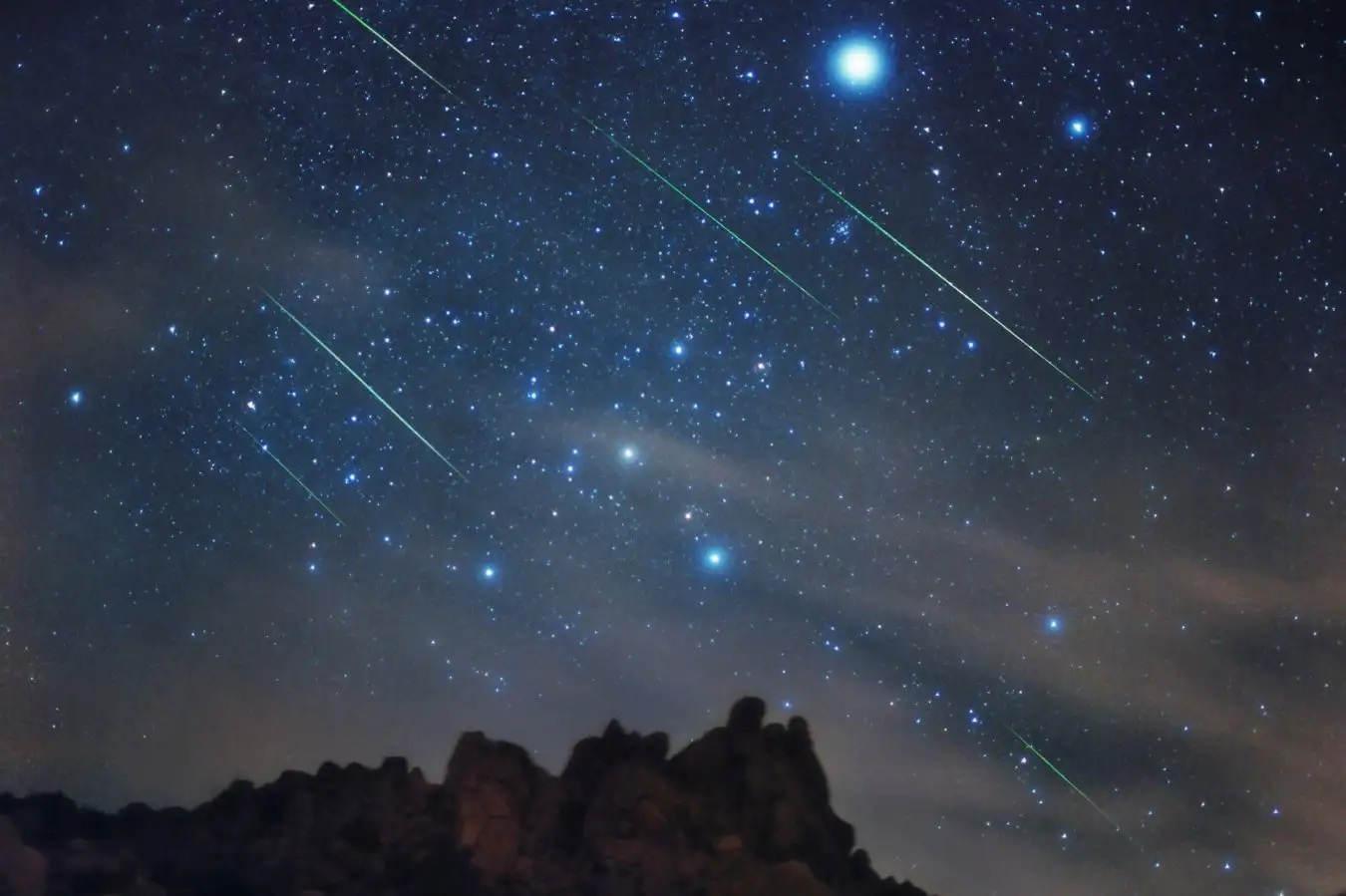
A previous Leonids meteor shower, as seen from the US - Photo: NEW SCIENTIST
This year, we'll be taking it easy on the Leonids, with up to 10 meteors falling per hour. It's caused a meteor storm in the past.
According to NASA, the Leonids can produce meteor storms at least once every 33 years. Meteor storms occur when at least 1,000 shooting stars streak across the sky per minute.
In recent decades, the most intense meteor storm recorded was in 1966, with thousands of shooting stars streaking across the sky every minute, lasting for 15 minutes.
In 1999, 2001, and 2022, the Leonids also produced meteor storms with several thousand shooting stars per hour.
The most visible meteor storms usually occur 1 year after the 33-year visit of comet Tempel-Tuttle.
This icy object has a very wide orbit, reaching perihelion (the closest point to the Sun) once every 33 years, meaning it passes close enough to be observed.
This comet last visited us in 1998 and it won't be back until 2031.
Returning to the Leonids this year, you can look for the constellation Leo in the sky, which will be where the shooting stars appear to be originating.
The name Leonids comes from the Latin name of this constellation - Leo.
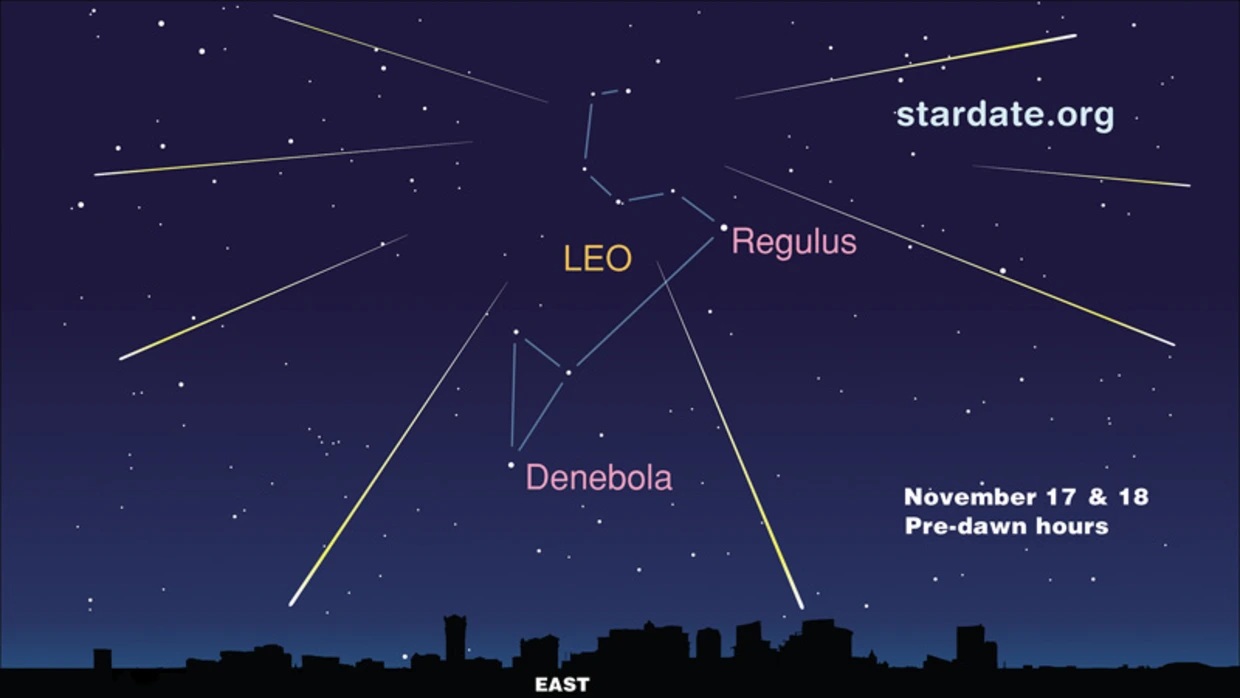
Location of Leonids meteors appearing in the sky - Photo: STARDATE.ORG
If you miss the peak night, you can still observe this shower of light on the following nights, although there will be fewer meteors.
Leonids actually started falling on November 6, gradually getting stronger until now and will gradually weaken and disappear completely after November 30.
To see the meteors more clearly, you will need to let your eyes get used to the darkness for about 15-20 minutes, choose an open space and hope for clear weather.
There will be one major obstacle in this observation, which is that November's "super beaver moon" is still quite large and bright in the sky, after reaching absolute roundness in the early morning of November 16.
This is the third meteor shower that Earthlings have the opportunity to admire in November, after the Southern Taurids and Northern Taurids.
Source: https://nld.com.vn/dem-nay-viet-nam-don-cuc-dai-tran-mua-sao-bang-bat-on-nhat-196241117084144355.htm


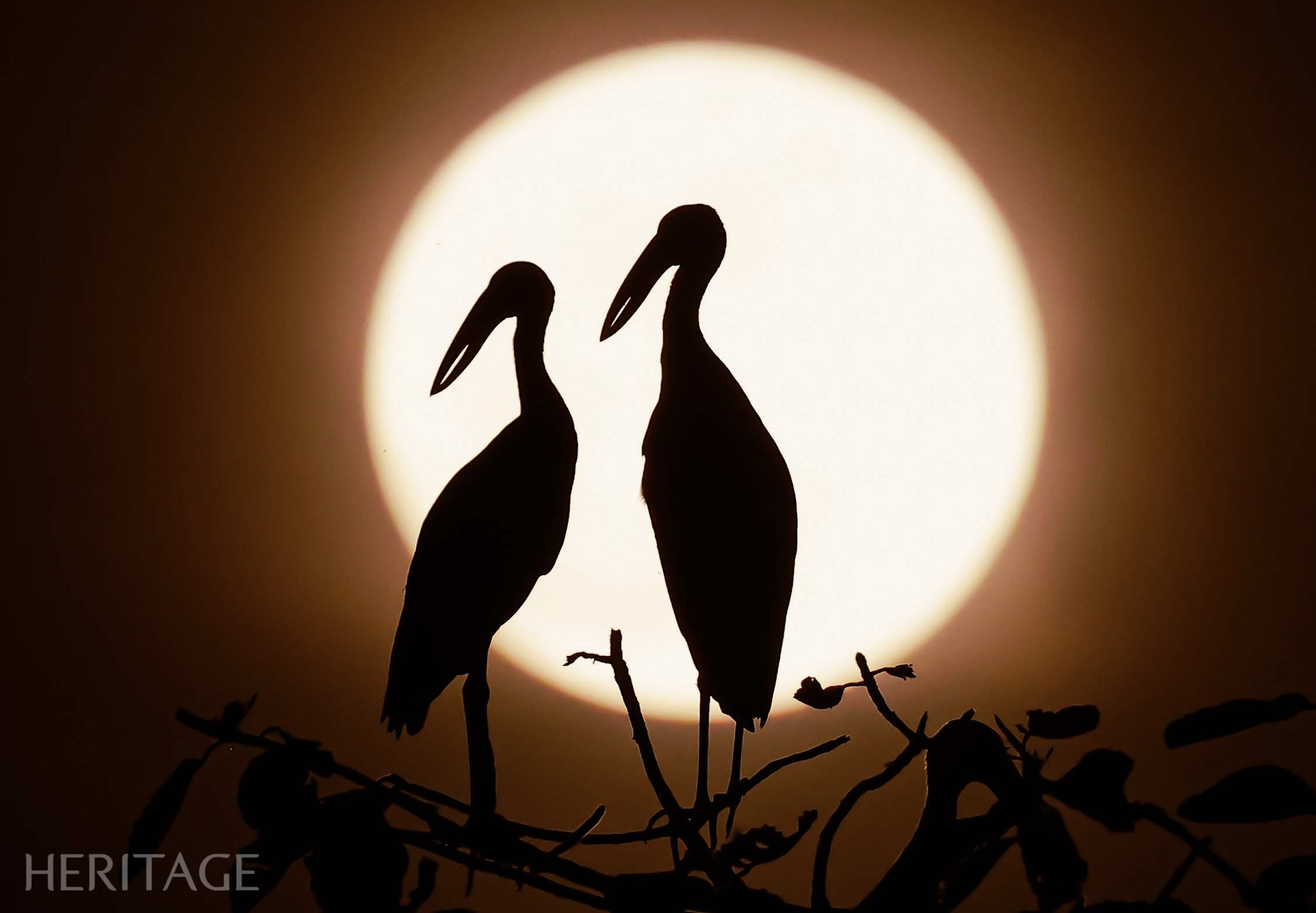





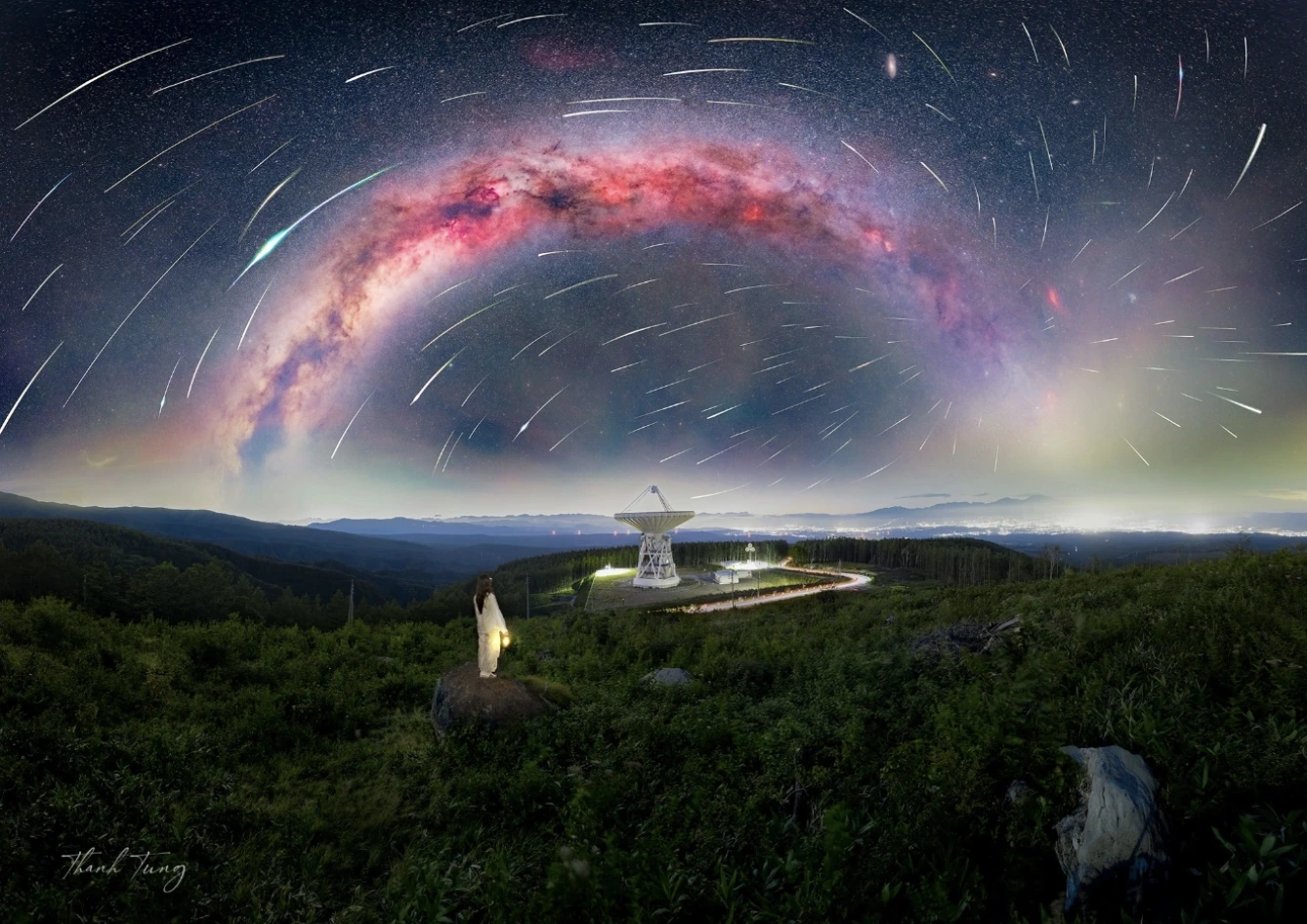

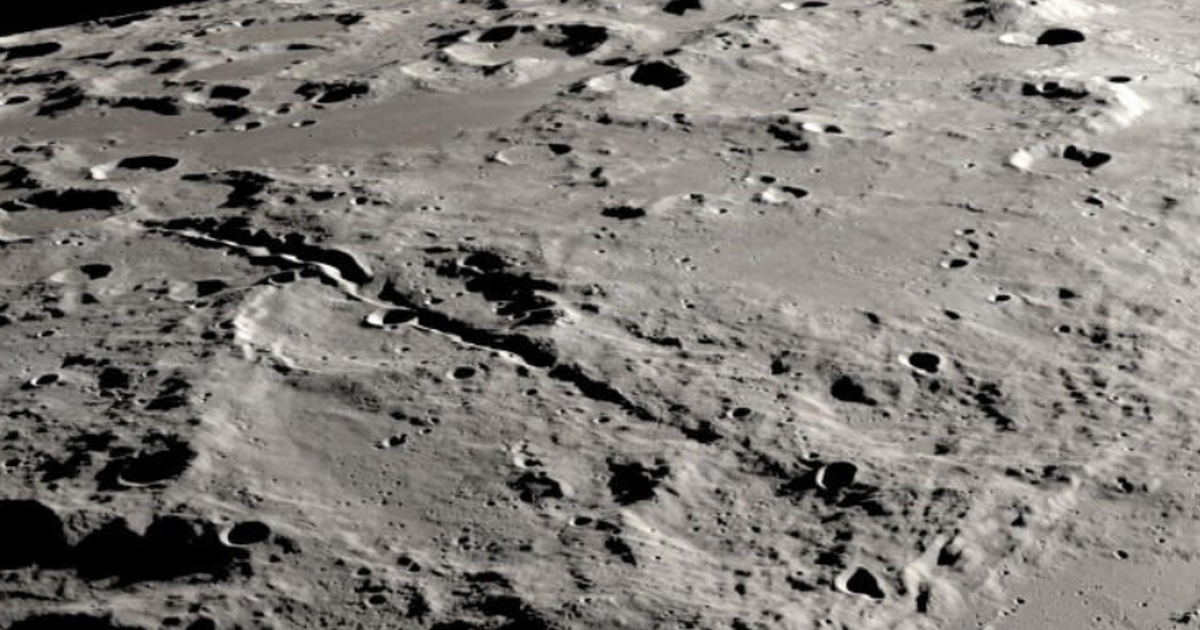
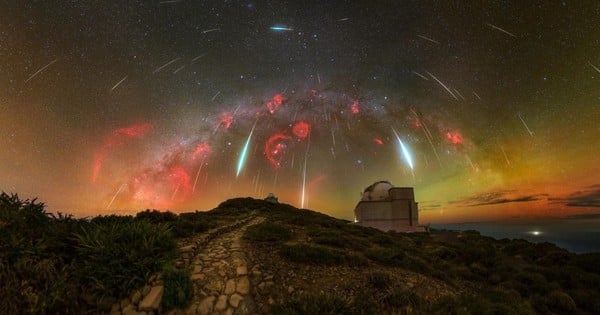
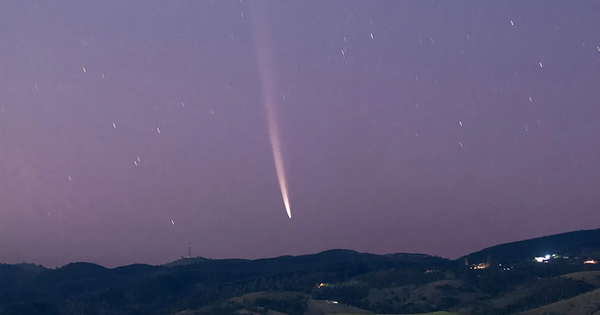
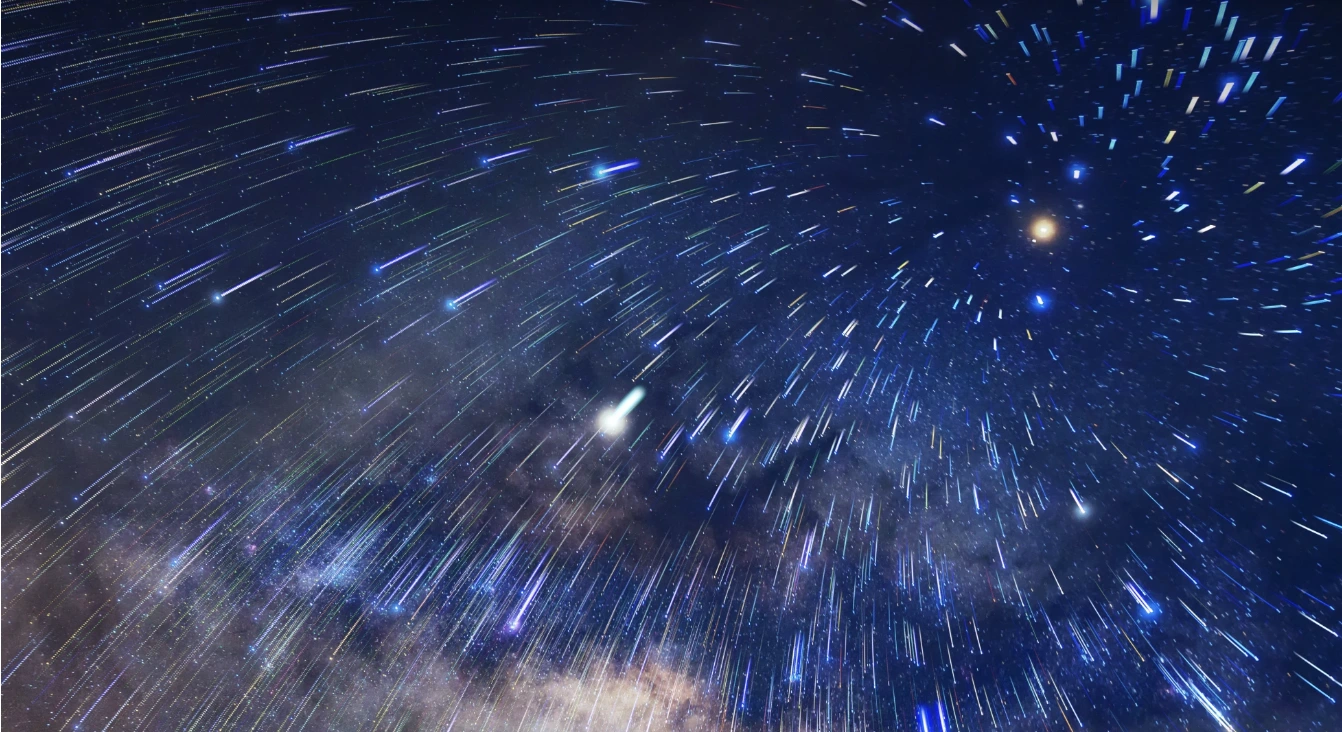
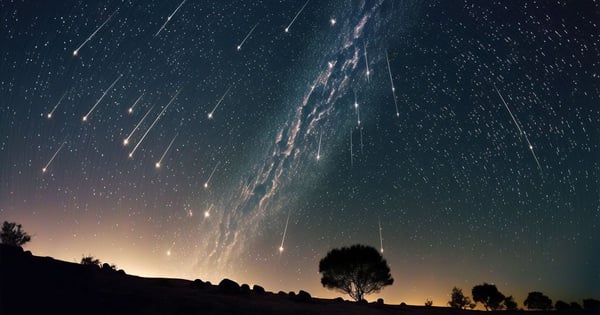
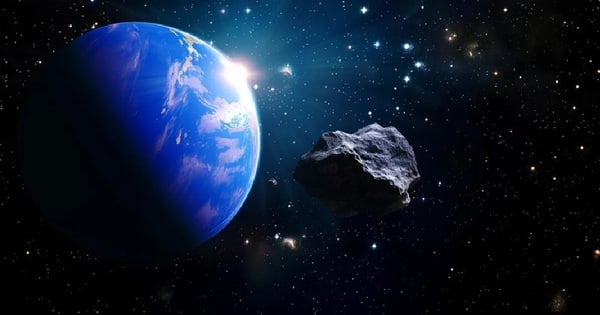
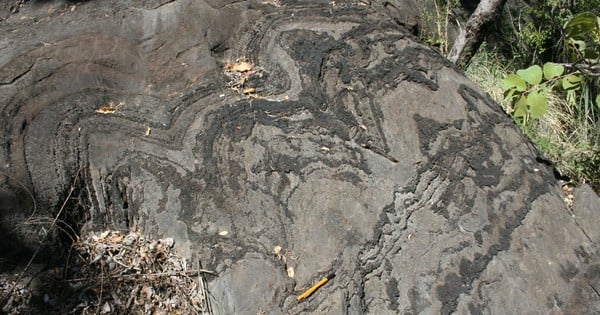


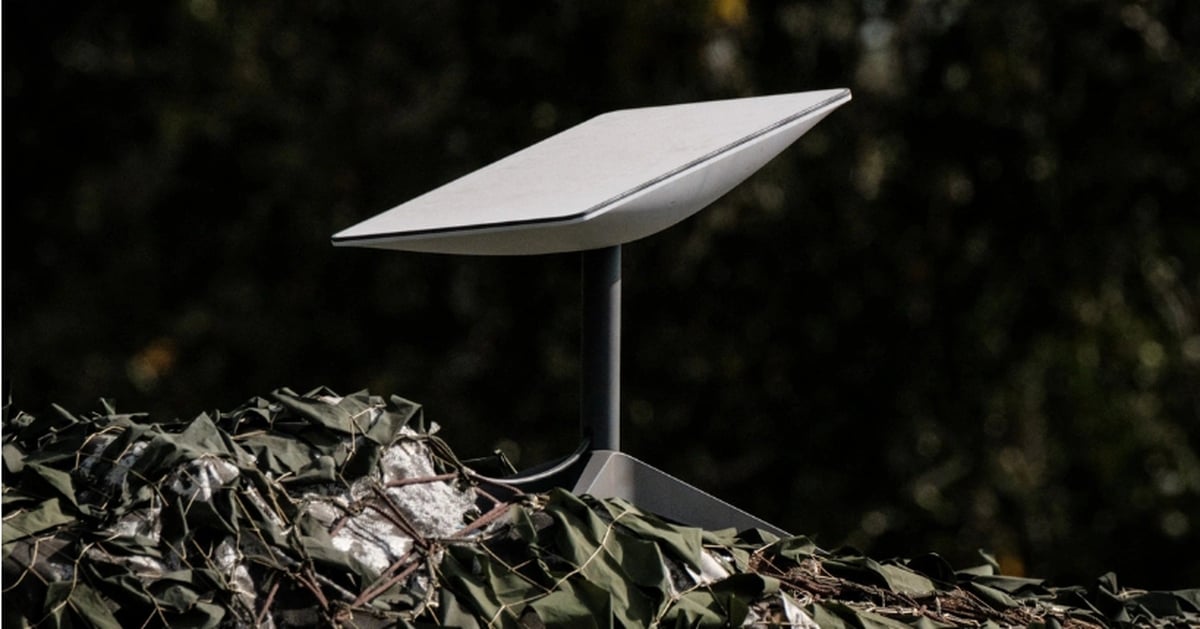

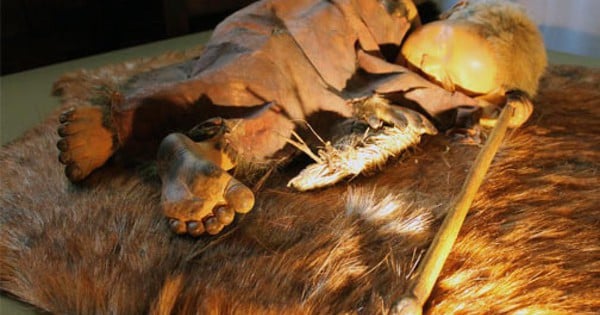



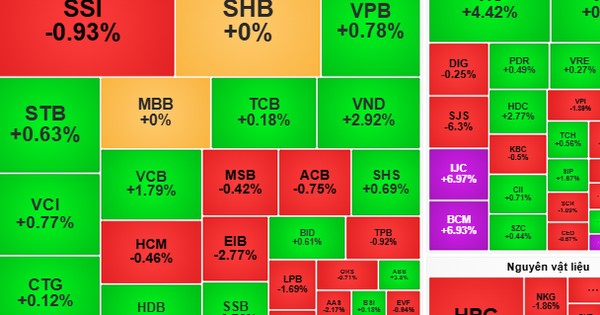








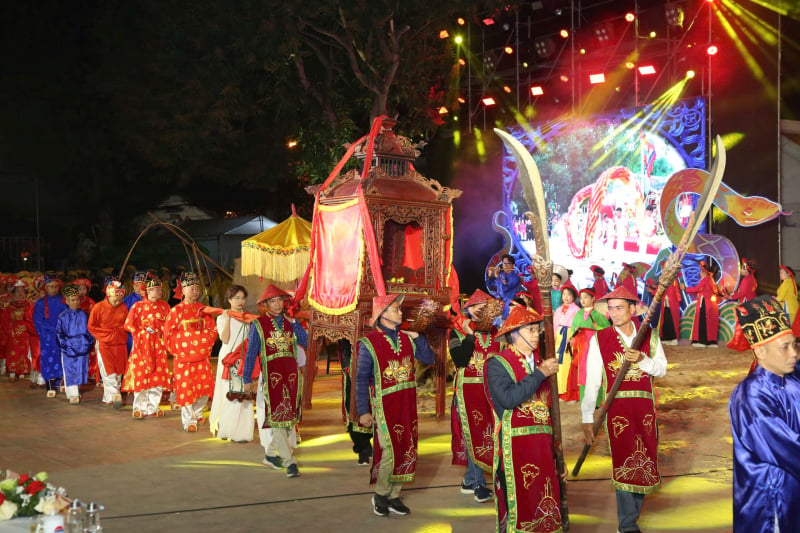

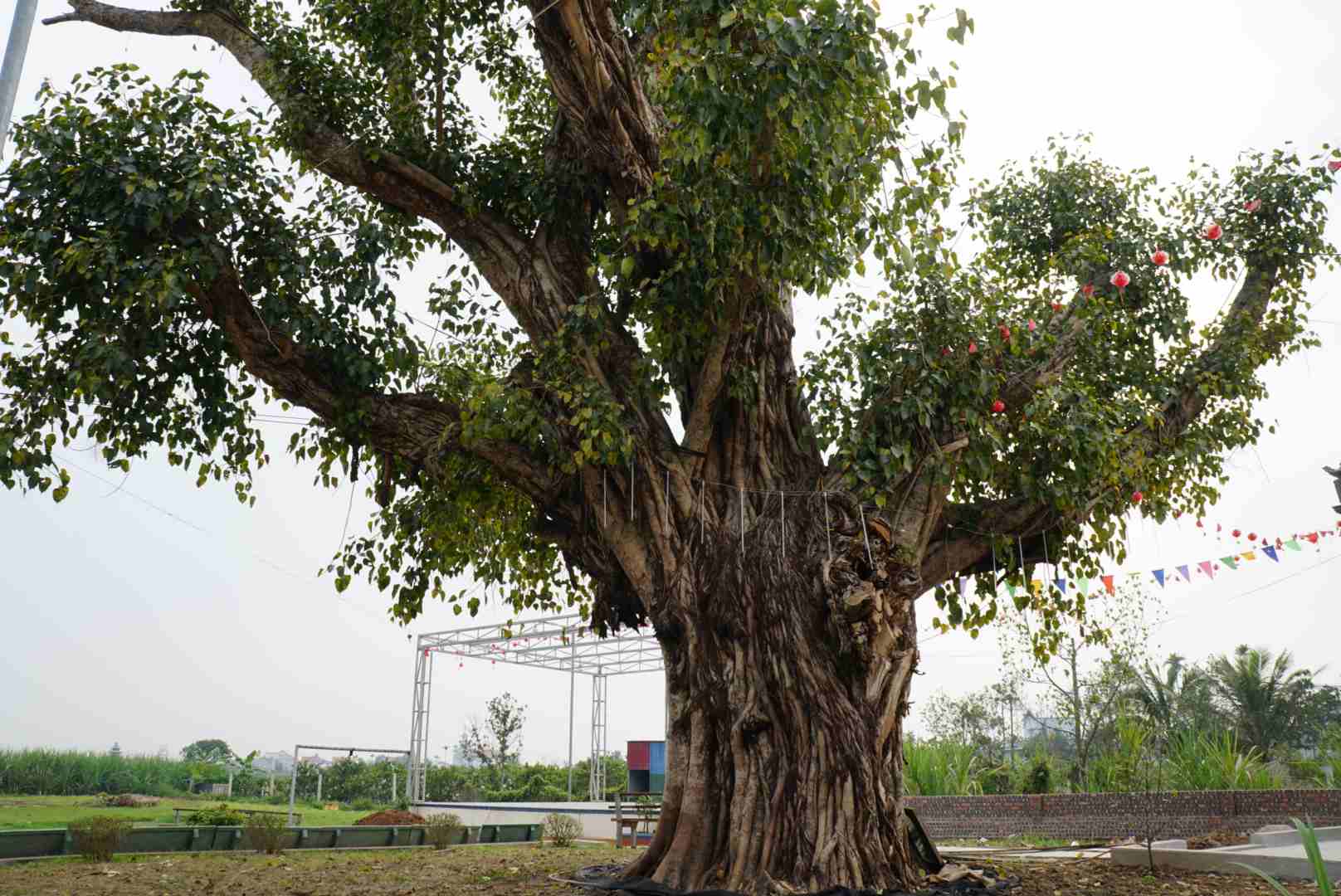

















































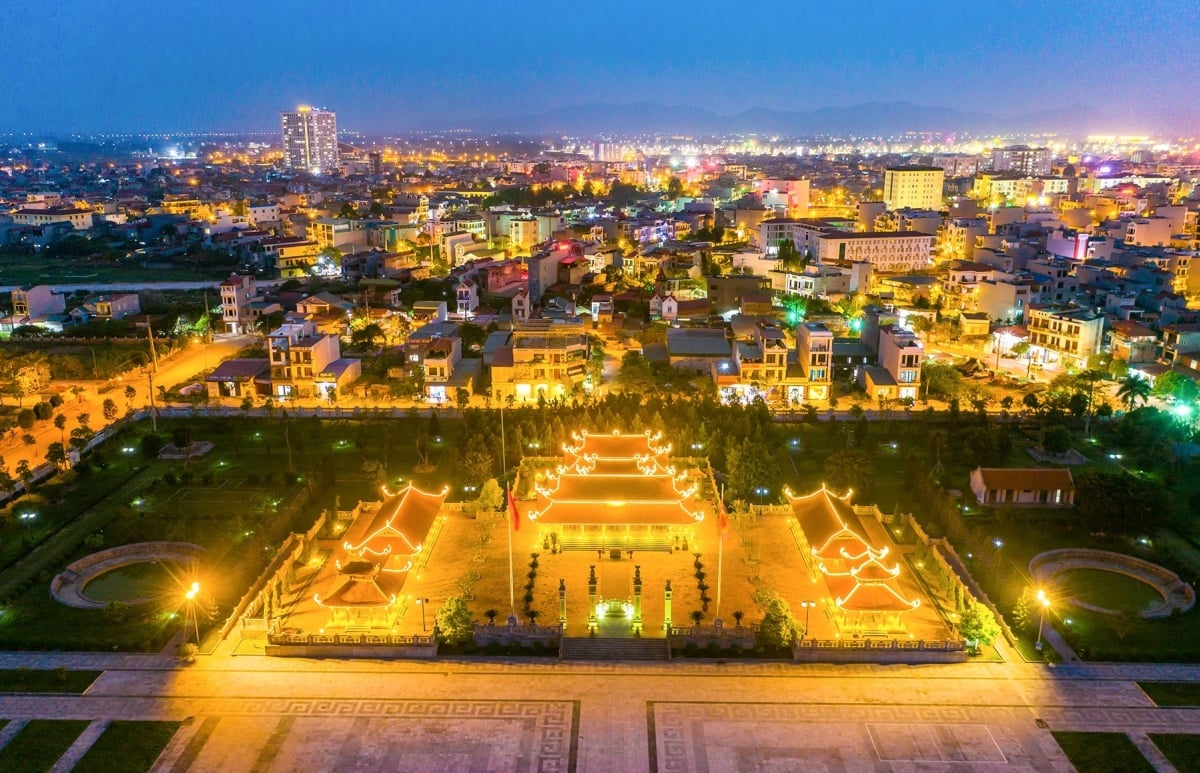






Comment (0)